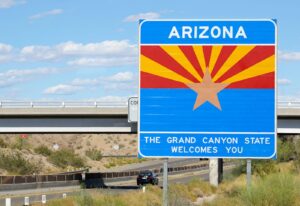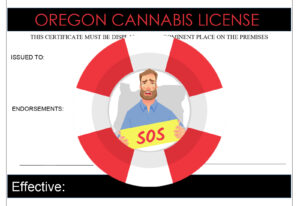Under Oregon’s new recreational marijuana program, many of the people we used to call marijuana growers will soon become licensed “producers.” The medical program growers will still be “growers,” unless they apply to become producers, in which case those producers would remain subject to OHA grow site limitations (that is, unless the producer-licensed premises ceases to be a registered OHA grow site). Got it?

The new rules for growing marijuana are complicated. For that reason, it is helpful to think of the rules as creating a few large categories. To begin, there will be producers on the recreational side and growers on the medical side. For the producers, there are different rules for indoor, outdoor and mixed production. For the growers, there are those who will remain strictly within the OHA medical marijuana program, and those who will cross over—partially or entirely—into the OLCC program. That will occur via the “Medical Marijuana Opt-In” set forth at OAR 845-025-2400.
Let’s look at some definitions for recreational growers. On the producer side, “indoor production” is defined as producing marijuana in any manner that is not “outdoor production” or that uses “artificial lighting on mature plants. “Outdoor production” is producing marijuana outside, or “in a greenhouse, hoop house, or similar non-rigid structure that does not utilize any artificial lighting on mature plants.” Some of our clients were initially confused by these definitions, as many long-term growers do not consider a greenhouse with supplemental lighting to be an “indoor” grow. However, these are the rules.
As we covered in our initial Oregon rules overview, both indoor and outdoor production are divided into tiers. A Tier I indoor license allows for up to 5,000 square feet of canopy, and a Tier II license affords between 5,001 and 10,000 square feet of canopy. For outdoor producers, a Tier I license allows up to 20,000 square feet of canopy, and a Tier II licensee can cultivate between 20,001 and 40,000 square feet of canopy (or nearly an acre). For mixed indoor/outdoor production, there is a 4:1 ratio. (So, for example, a Tier II producer with 5,000 square feet of indoor canopy could have up to 20,000 feet of outdoor canopy, at the same time.)
Local governments can petition for higher canopy limits, if they wish. Tucked away in another section of the rules, is a provision that implies that a single tax lot could far exceed the canopy limits listed above, so long as the tax lot is occupied by licensees not held under “common ownership.” OAR 845-025-115(1)(d)(B). In theory and under a plain reading of this rule, producers could congregate like OHA medical growers, and the number of licensees would be limited only by the size of the relevant tax lot. This will make for some large yields indeed.
There is quite a bit more to these rules, including provisions for fertilizers and pesticides, harvest rules, marijuana transfer, record-keeping, batch identification, security requirements, and even the distribution of samples (no consumption on site!). Finally, all potential licensees must pay a $250 application fee: successful Tier I producer applicants will pay an additional $3,750 annually; and Tier II licensees will pay a hefty $5,750. Given the complexity of the application package, the time to start that is now.























